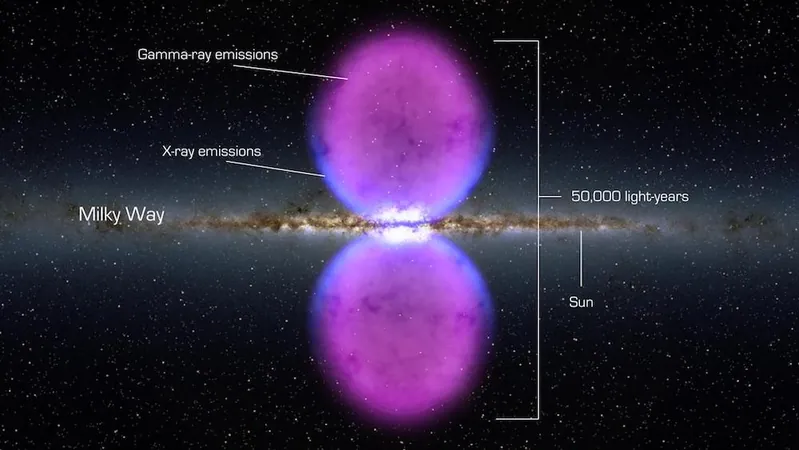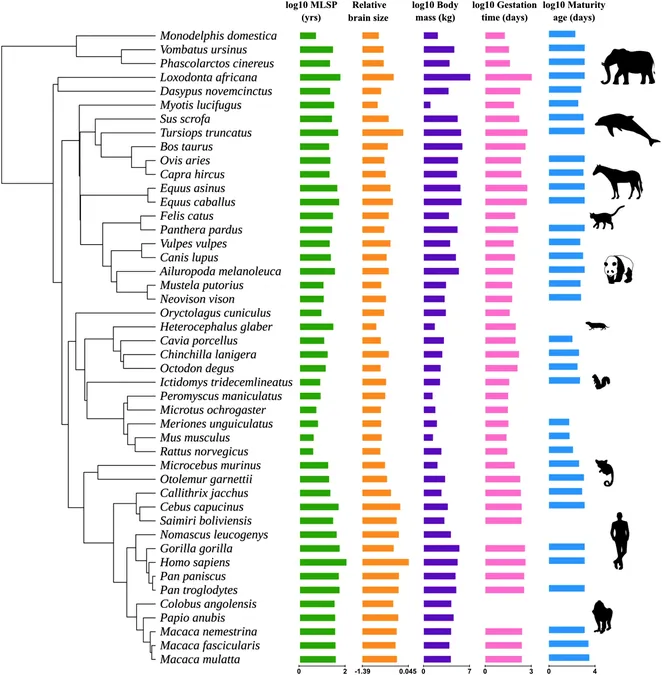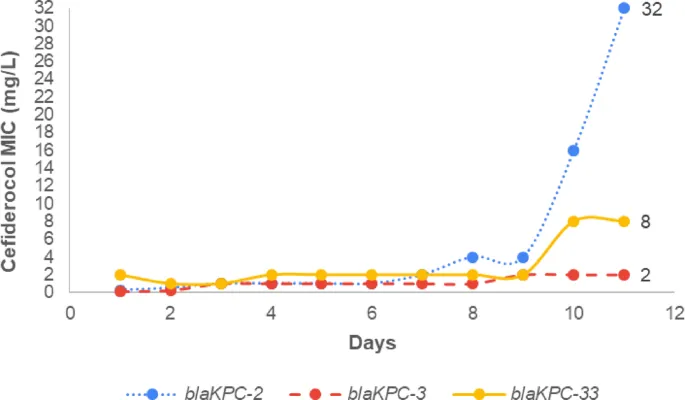
Mysterious 'Ice Cube' Clouds at Milky Way's Core Reveal a Shocking Discovery!
2025-08-10
Author: Siti
In a stunning revelation that could change our understanding of the Milky Way, scientists have uncovered unexpected clouds of cold hydrogen gas nestled within the blazing Fermi bubbles—massive structures that rise above and below the galaxy's center like a gigantic hourglass.
These colossal Fermi bubbles, spanning around 50,000 light-years, are more than just cosmic oddities. First spotted by NASA’s Fermi Gamma-ray Space Telescope in 2010, they are streams of superheated plasma that have been ejecting from the galactic core for millions of years. But what lies within them is raising eyebrows among astrophysicists.
Using the U.S. National Science Foundation Green Bank Telescope in West Virginia, researchers found these bewildering cold hydrogen clouds, which seem to defy the extreme conditions surrounding them. According to lead author Rongmon Bordoloi from North Carolina State University, these clouds may represent remnants of larger structures expelled from the galactic center millions of years ago. He likened it to dropping an ice cube into boiling water: smaller cubes melt quickly, but larger ones last longer, hinting that these clouds were once much bigger.
This discovery suggests that the central black hole in our galaxy may have had a violent outburst more recently than previously believed, which raises questions about the history of matter being ejected into space. Bordoloi emphasized that the survival of these clouds essentially acts as a cosmic clock, indicating a major eruption from the black hole occurred just a few million years ago—an incredibly short time on a cosmic scale.
The Fiery Origins of the Bubbles
Towering over the galactic center, the Fermi bubbles might be signs of a tumultuous past. They are believed to be the aftermath of a violent episode from the Milky Way's central black hole, which released twin jets of matter that reshaped the galaxy's core and injected material into surrounding space.
These newly identified cold hydrogen clouds, ranging from 13 to an incredible 91 light-years across, could very well be remnants of that ancient ejection. However, their very existence amid such high temperatures—about 2 million degrees Fahrenheit—defies expectations. Bordoloi explained that they must have been much larger when they were first drawn into the bubbles.
A New Chapter in Cosmic History?
This exciting find not only sheds light on the age of the Fermi bubbles but also suggests that the Milky Way’s black hole might be more dynamically active than scientists had previously thought. These insights could transform our understanding of black hole behavior and cosmic activity in our galaxy.
Bordoloi concluded with an intriguing thought: "What’s clear is that features like the Fermi Bubbles indicate that the center of the Milky Way has been much more active in the recent past than we once believed." As researchers delve deeper into these cosmic mysteries, we may soon uncover the secrets hiding in the depths of our galaxy.



 Brasil (PT)
Brasil (PT)
 Canada (EN)
Canada (EN)
 Chile (ES)
Chile (ES)
 Česko (CS)
Česko (CS)
 대한민국 (KO)
대한민국 (KO)
 España (ES)
España (ES)
 France (FR)
France (FR)
 Hong Kong (EN)
Hong Kong (EN)
 Italia (IT)
Italia (IT)
 日本 (JA)
日本 (JA)
 Magyarország (HU)
Magyarország (HU)
 Norge (NO)
Norge (NO)
 Polska (PL)
Polska (PL)
 Schweiz (DE)
Schweiz (DE)
 Singapore (EN)
Singapore (EN)
 Sverige (SV)
Sverige (SV)
 Suomi (FI)
Suomi (FI)
 Türkiye (TR)
Türkiye (TR)
 الإمارات العربية المتحدة (AR)
الإمارات العربية المتحدة (AR)